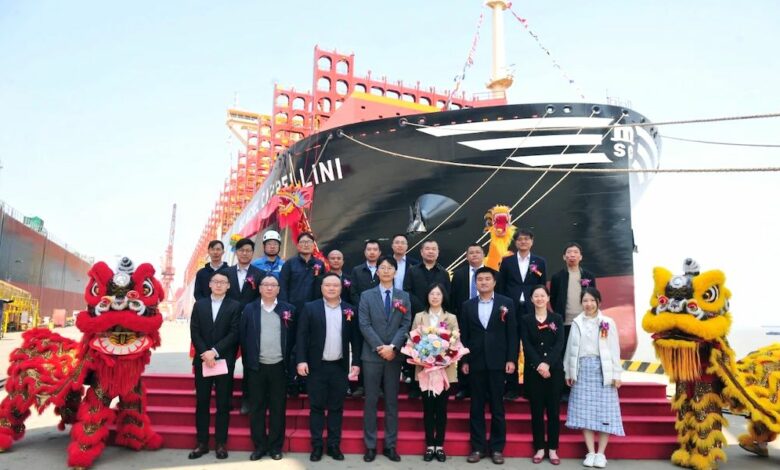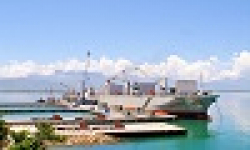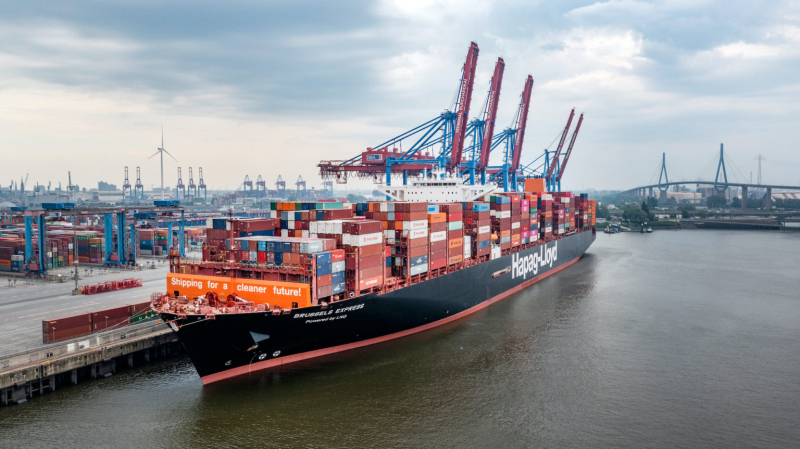
The containership orderbook has reached a record high of 10.4m teu, according to data from Asian container consultancy Linerlytica, with the orderbook ratio rising to 31.7% of the fleet – its highest levels since 2010.
“The last time the orderbook ratio exceeded this level in 2004-2009, it ended in a decade-long supply overhang that took 10 years to clear,” Linerlytica warned in a new report, adding that there is still over 1m teu of pending ship orders that are due to be added before the end of this year.
The 10.4m teu figure is higher than other orderbook totals carried by rival data providers. Clarksons Research has a figure of 9.87m teu, similar to Alphaliner.
Clarksons notes that boxship contracting this year has remained very firm, at twice the 10-year average, with 275 boxships already contracted this year.
The huge orderbook has led Linerlytica to forecast that container shipping will face a supply/demand imbalance through to the end of the decade.
“[C]ontainership fleet growth will continue to outpace demand growth, with excess supply projected to persist through 2029,” Linerlytica argued in a recent report.
From an index baseline of 100 in 2019, the global shipping fleet size now stands at 145 points, according to data from Xeneta, a freight rate platform. In the same period, global container shipping demand has increased from a baseline of 100 points to just 113 points.
Even when factoring in the impact of the ongoing diversions around the Cape of Good Hope using teu-miles, demand has still only increased to 130 points, far shy of the supply growth.
“Carriers face an immense challenge in preventing freight rates from falling further against this backdrop of significant overcapacity in the global fleet,” Xeneta warned in a recent report.






























